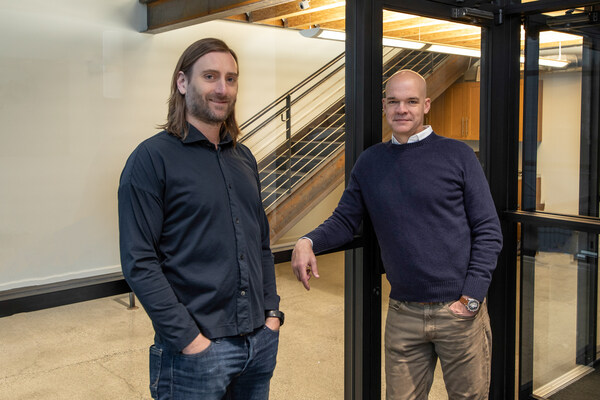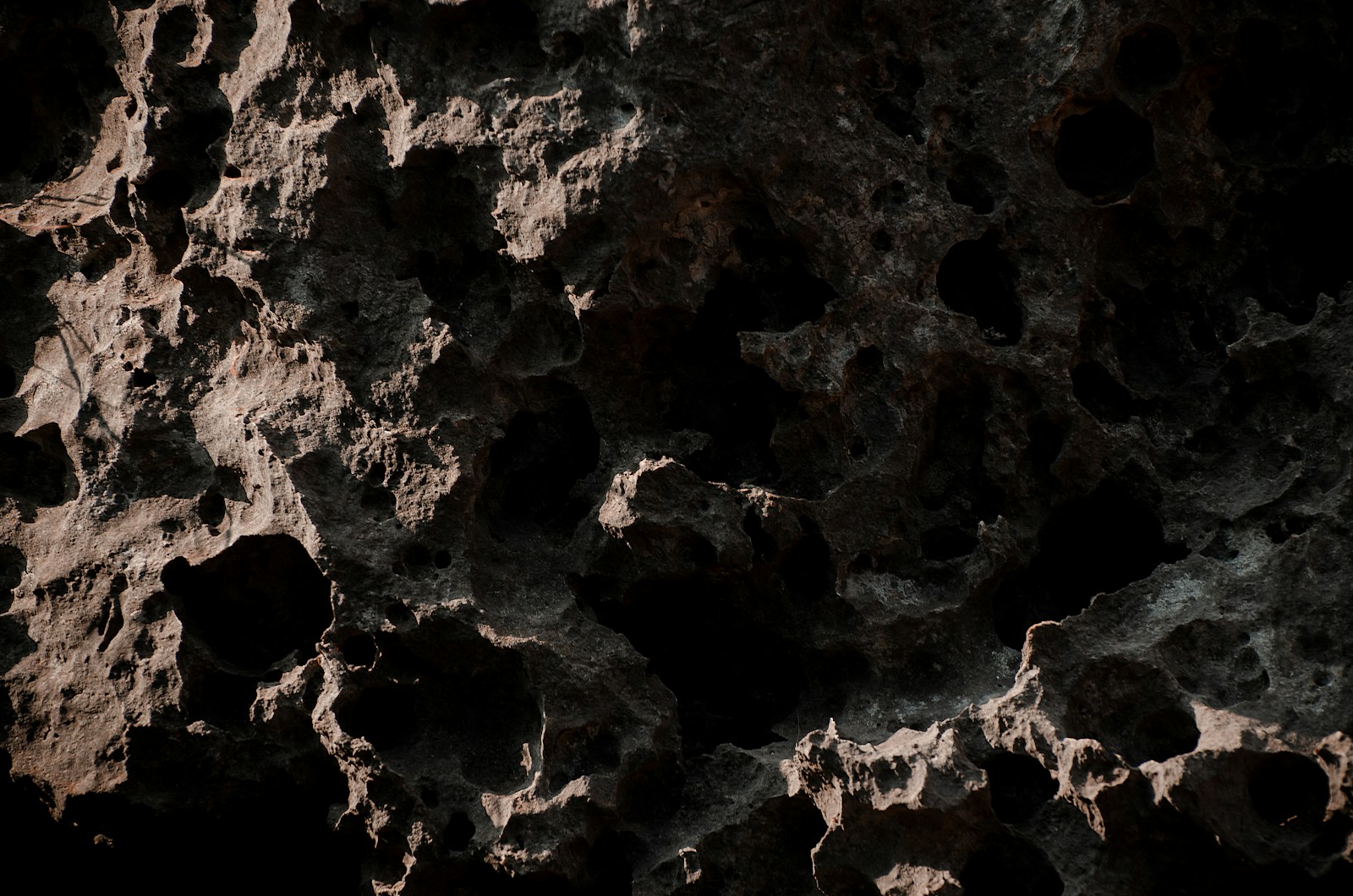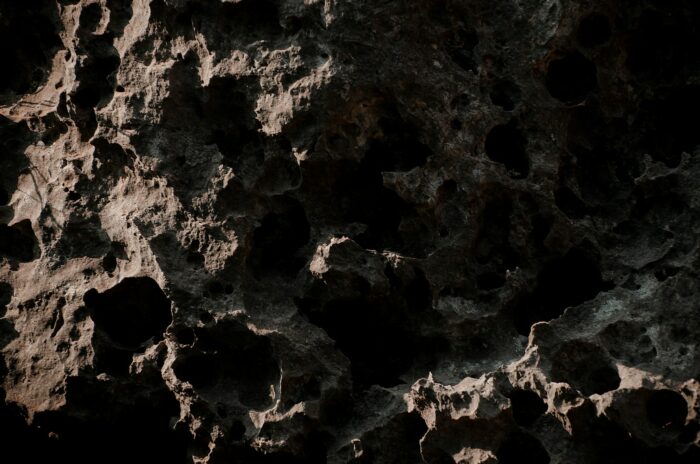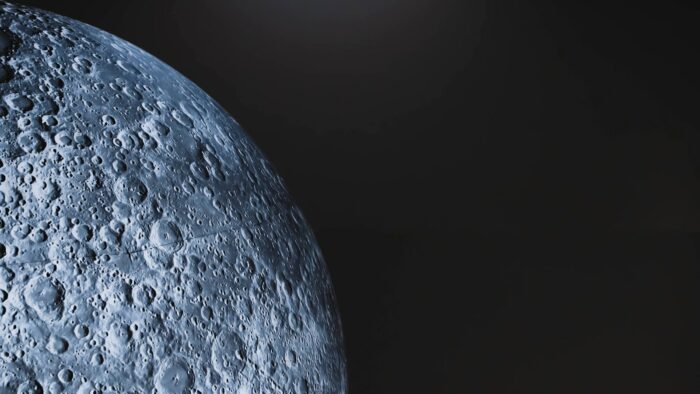Insider Brief
- A new study in PNAS finds that producing liquid oxygen from hydrogen reduction of ilmenite, one of the six potential main oxygen production technologies for Moon missions, requires approximately 24.3 kWh per kilogram, which has major implications for future lunar infrastructure and deep-space missions.
- The study models an end-to-end process, identifying hydrogen reduction and electrolysis as the most energy-intensive steps in oxygen extraction from lunar regolith.
- Researchers highlight that optimizing beneficiation, which enriches ilmenite before processing, is key to reducing overall energy costs and improving efficiency.
Extracting oxygen from the Moon’s surface for rocket fuel will require a substantial amount of energy, according to a new study published in the Proceedings of the National Academy of Sciences (PNAS). Researchers developed a model estimating the energy needed to produce liquid oxygen from lunar soil, finding that producing one kilogram requires approximately 24.3 kilowatt-hours — about the average daily electricity consumption of a U.S. household. Under normal breathing conditions, a kilogram of oxygen lasts a typical human being a little over a day.
However, a lot depends on the composition of the feedstock, the researchers added.
The findings could help shape plans for future lunar infrastructure, including fuel depots that would enable deep-space missions.

“In the near term, Mars missions will use terrestrial propellant, but eventually it’s likely that the Moon’s resource-rich surface and low gravity, will help optimize space logistics,” said Dorian Leger, Managing Director of Cx Bio. “This research is a starting point for quantifying costs and benefits of lunar oxygen production sites.”

Key Findings and Implications
The study focused on extracting oxygen from the mineral ilmenite that is found in the loose, fragmented material that covers the lunar surface known as regolith — through a process called hydrogen reduction. The researchers modeled the entire production chain, from excavation to liquefaction and storage, to quantify the total energy needed. The study found that two steps — hydrogen reduction and electrolysis — consume the most energy, accounting for 55% and 38% of total demand, respectively.
Producing liquid oxygen from hydrogen reduction is one of several main oxygen production technologies for the Moon, according to the researchers.
These energy requirements provide a baseline for designing lunar infrastructure, the researchers suggest. Understanding these constraints would be critical for evaluating the feasibility of in-situ resource utilization on the Moon.
The study’s findings could help inform space agencies and private companies planning lunar fuel depots. Rockets launched from the Moon require much less fuel to reach orbit compared to those launching from Earth, making lunar-derived oxygen an attractive resource. A refueling station in between Earth and Moon could dramatically lower the cost of deep-space missions, potentially contributing to Mars exploration and further human settlements in the Solar System.

Methods
The researchers developed an end-to-end energy model for lunar oxygen production, starting with the excavation of regolith, which contains oxygen chemically bound in minerals. The primary extraction method modeled was hydrogen reduction, where hydrogen reacts with ilmenite (FeTiO₃) at high temperatures, producing water vapor. This water is then electrolyzed to separate oxygen and hydrogen, with the oxygen being liquefied and stored for later use.
The model parameterized feedstock composition and then focused on results obtained by assuming 10% ilmenite by weight, a concentration found in some lunar mare regions. Based on this, the study estimated the total energy required per kilogram of liquid oxygen produced. Sensitivity analyses revealed that the beneficiation process plays a crucial role in energy efficiency. Beneficiation is the process of separating and concentrating valuable minerals from raw material, in this case, isolating ilmenite from lunar regolith to make oxygen extraction more efficient. A higher enrichment factor significantly reduces the energy wasted on processing non-reactive material.
Challenges and Limitations
The study’s model is based on several assumptions, including ideal conditions for beneficiation and reaction efficiency. It does not account for potential operational losses, such as material contamination. Additionally, the model does not specify a power source, though solar and nuclear energy are likely candidates for sustaining such an operation on the Moon.
The authors acknowledged that real-world conditions on the lunar surface, such as variations in regolith composition and equipment performance in low gravity, could alter energy requirements. They add that hydrogen reduction is one of the most studied methods for lunar oxygen production, other technologies, such as molten regolith electrolysis, may offer alternative trade-offs in energy and complexity.

Future Directions
The researchers suggest that future work should refine energy estimates by incorporating experimental data from lunar missions. Current models rely on Earth-based simulations and data from past Apollo and robotic missions. The results could improve with direct measurements from future landers and rovers designed to test in-situ resource utilization.
Advances in beneficiation technology also offer a promising avenue for reducing energy costs. If methods can be developed to separate and concentrate ilmenite more efficiently, the overall energy demand for lunar oxygen production could drop significantly.
With growing international interest in lunar infrastructure, this study lays the groundwork for evaluating how lunar oxygen production can fit into future space exploration strategies. The ability to produce oxygen on the Moon is not just a technical challenge—it is a key piece of the puzzle in establishing a sustainable human presence beyond Earth.
The study was conducted by Dorian Leger, Freja Thoresen, Aidan Cowley and Fardin Ghaffari-Tabrizi, all of the European Space Agency; Matthew Shaw of the Commonwealth Scientific and Industrial Research Organisation; Joshua Rasera of Imperial College London; David Dickson of the Colorado School of Mines; Baptiste Valentin of the Centre National d’Etudes Spatial and the Belgian Armed Forces and Anton Morlock of the Karlsruhe Institute of Technology.
For a deeper, more technical dive, which this summary article cannot provide, please read the paper in PNAS.
Share this article:










